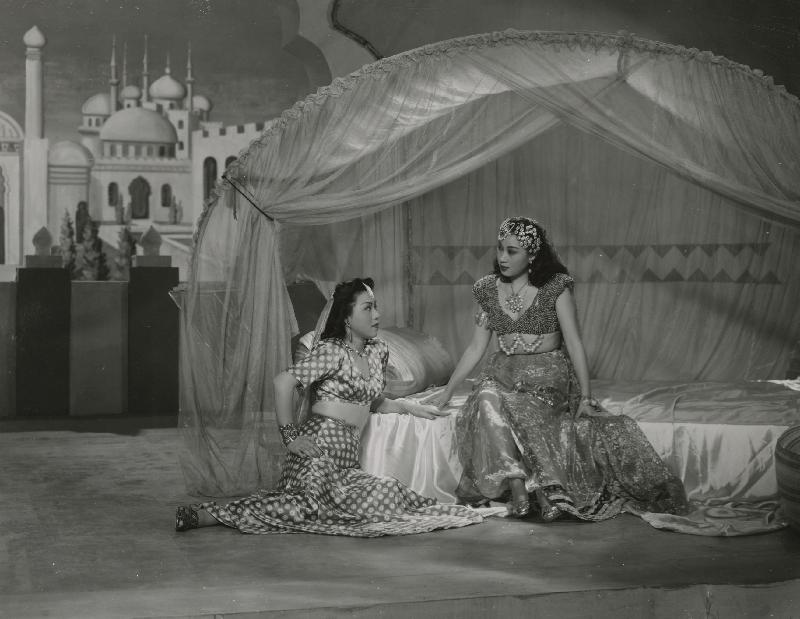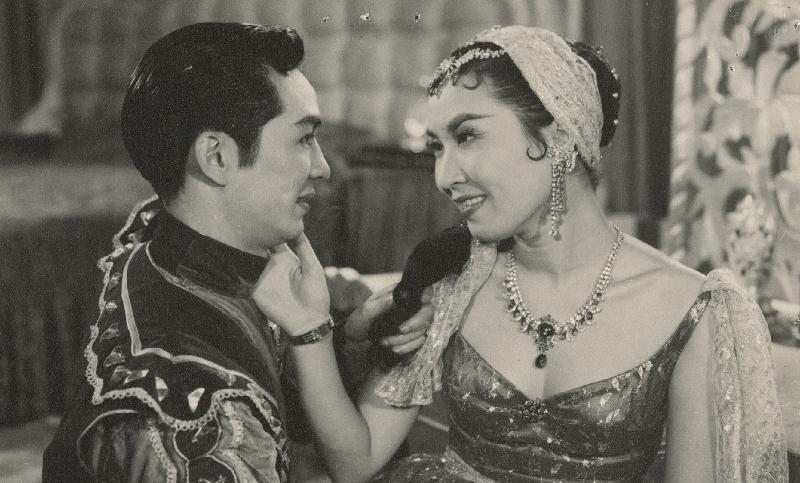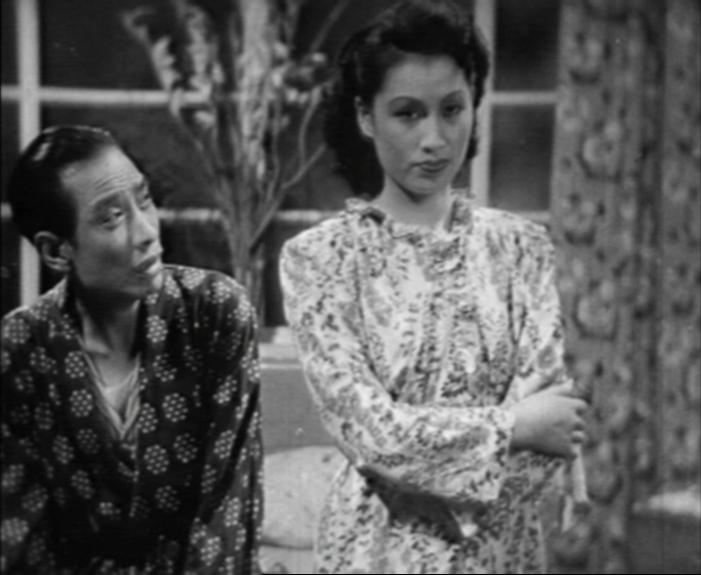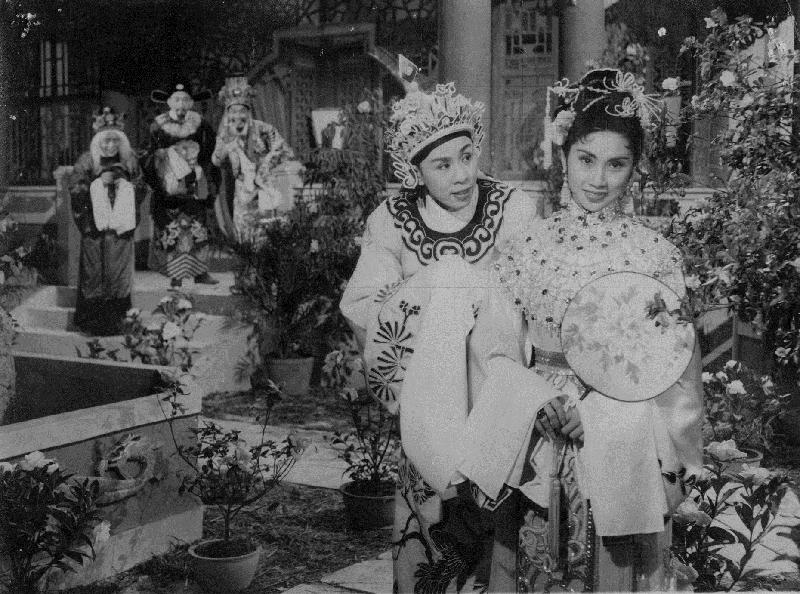Following is a question by the Hon Kenneth Lau and a written reply by the Secretary for Home Affairs, Mr Lau Kong-wah, in the Legislative Council today (January 9):
Question:
Some members of the public have relayed to me that a number of villages in the New Territories with long histories not only have many buildings with conservation value but also have been preserving many traditional customs (e.g. sek pun (basin feast), lantern lighting ceremony, jiao festival and unicorn dance). However, since the closure in June 2016 of the New Territories Heritage Hall, a permanent gallery of the Hong Kong Heritage Museum, the Government has not implemented any project in public museums for promoting the cultural heritage of the New Territories. Besides, there have not been significant increases in the number of tourists visiting the Ping Shan Heritage Trail and Lung Yeuk Tau Heritage Trail over the years. In this connection, will the Government inform this Council:
(1) of the respective operating expenditures and attendances of the Hong Kong Heritage Museum, Hong Kong Museum of History, Sam Tung Uk Museum, Ping Shan Tang Clan Gallery and Sheung Yiu Folk Museum in each of the past five years;
(2) of the respective numbers of guided tours conducted at the Ping Shan Heritage Trail and Lung Yeuk Tau Heritage Trail and the respective numbers of participants in such tours, in each of the past five years;
(3) of the expenditure incurred in each of the past three years by the Antiquities and Monuments Office on restoring and repairing the built heritage in the New Territories, and the details of the works projects concerned;
(4) whether it has formulated short and medium term plans for setting up permanent galleries in public museums or discussed with the West Kowloon Cultural District Authority and Mainland/overseas museums the collaboration in the planning of exhibitions, with a view to promoting the traditional cultural customs of the New Territories; if so, of the details; if not, the reasons for that;
(5) of the measures to increase the attractiveness of those museums and heritage trails at remote locations, so as to let more members of the public know about the traditional cultural customs of the New Territories; and
(6) as the Chief Executive has announced in this year’s Policy Address that the Government will allocate $300 million to strengthen the preservation, promotion and transmission of intangible cultural heritage (ICH), of the details of the relevant work; the specific plans to promote the relevant work among ICH bearers, the New Territories Heung Yee Kuk, various rural committees and District Councils, and assist inexperienced ICH bearers in preserving and promoting ICH?
Reply:
President,
The Government of the Hong Kong Special Administrative Region attaches great importance to the preservation of traditional customs of the New Territories, and has been promoting relating cultural heritage to the general public through various means. Our reply to various parts of Hon Kenneth Lau’s question is as follows:
(1) The operating expenditure (excluding staff salaries) and attendance of the Hong Kong Heritage Museum, Hong Kong Museum of History, Sam Tung Uk Museum, Ping Shan Tang Clan Gallery cum Heritage Trail Visitors Centre and Sheung Yiu Folk Museum in the past five years are at Annexes 1 and 2.
(2) The Antiquities and Monuments Office (AMO) offers free docent services of heritage trails for local registered charitable organisations, non-profit-making institutions and schools. In the past five years (i.e. 2014-18), 1 060 guided tours were conducted at Ping Shan Heritage Trail and 191 guided tours at Lung Yeuk Tau Heritage Trail with the total numbers of participants at 29 722 and 5 178 respectively.
(3) Expenditure incurred in each of the past three financial years (i.e. 2015-16 to 2017-18) by AMO on restoring and repairing the privately-owned Declared Monuments in the New Territories, and the details of the works projects concerned are set out at Annex 3.
(4) The museums under the Leisure and Cultural Services Department (LCSD) endeavor to promote the traditional cultural heritage of Hong Kong. The permanent exhibition of the Hong Kong Museum of History showcases, among other things, the cultural heritage of the New Territories including the traditional lifestyles, customs, beliefs and festive activities of the major ethnic groups. In addition, three other LCSD museums namely the Sam Tung Uk Museum, Law Uk Folk Museum and the Sheung Yiu Folk Museum were originally Hakka village houses converted into public museums after restoration. Their exhibitions illustrate the lifestyle of Hakka people in the old days. Furthermore, the “Hong Kong Intangible Cultural Heritage (ICH) Centre” was established in the Sam Tung Uk Museum in 2016 as a display and resource centre dedicated to showcasing ICH items, many of which highlight the cultural heritage of the New Territories. Notable examples include Hakka unicorn dance, Cheung Chau Jiao Festival, Tai O dragon boat water parade, spring and autumn ancestral worship of clans, Tin Hau Festival, etc. With the opening of venues in the West Kowloon Cultural District (WKCD) in coming years, LCSD also welcomes collaboration opportunities in the promotion of traditional cultural heritage.
The museums and the ICH Office under the purview of LCSD will continue to promote the traditional cultural heritage of Hong Kong and collaborate with Mainland/overseas museums for organising outbound exhibitions. Recent examples include an exhibition at the Prince Kung’s Mansion in Beijing in December 2018 and January 2019 showcasing the 20 items on the Representative List of the ICH of Hong Kong, including the items related to traditional culture of the New Territories.
(5) LCSD regularly organises education and extension activities related to traditional culture of Hong Kong at small museums at remote locations with a view to enhancing the attractiveness and public awareness. These activities include demonstrations and workshops, school visits through the School Culture Day Scheme. To further promote these small museums and built heritage, LCSD organised special activities such as “Hi! Houses” which was an art project organised at Law Uk Folk Museum, Sam Tung Uk Museum, old house at Wong Uk Village, etc. in 2017, as well as “Muse Fest HK 2017” which included a wide range of programmes such as “Hi! Mini-Concert at Wong Uk” and “Museum Hopping Tour” to different museums in the territories.
AMO has been collaborating closely with village representatives of Ping Shan in Yuen Long and Lung Yeuk Tau in Fanling. Discussions with the villager representatives on the repair and opening of historic buildings along the trails as well as the ancillary facilities of the Ping Shan Heritage Trail and Lung Yeuk Tau Heritage Trail are held frequently. In order to enhance the attractiveness of Ping Shan Heritage Trail, AMO has, in recent years, garnered the support of Ping Shan villagers to include Yan Tun Kong Study Hall and Tat Tak Communal Hall, after their renovation, into the trail to open to the public. AMO will continue to co-operate with local villagers in organising field trips and guided tours of heritage trails to promote historic buildings as well as the traditional festivals and celebrations held there, such as ancestral worship, lantern lighting ceremony and Jiao Festival, to increase the attractiveness of the heritage trails.
(6) With the funding approval of the Finance Committee of Legislative Council, LCSD will launch a new ICH funding scheme with a commitment of $300 million to engage the community to participate in the safeguarding, research, education, promotion and transmission of ICH, and to enhance public awareness and understanding of the ICH of Hong Kong. The funding scheme will provide support to the identified projects and activities organised by or in partnership with community organisations and ICH bearers. Major target recipients include bearers or bearer organisations of local ICH items; individuals or organisations related to local ICH items, holding techniques and knowledge, or transmitting ceremonies and traditions of local ICH items; cultural organisations or academic institutions conducting researches on local ICH; and individuals or organisations promoting local ICH items in the community.
Projects/activities to be funded must be non-profit by nature. The funding scheme will accept applications from Hong Kong residents; approved charitable institutions, recognised non-profit making organisations, local societies and groups; and local tertiary education institutions. The ICHO will set up relevant webpages and hold briefings to introduce the details of the funding scheme. For individual ICH bearers and community organisations that might not have the requisite knowledge or experience to apply for the funding, the ICHO would provide the necessary advice and assistance wherever appropriate. read more





